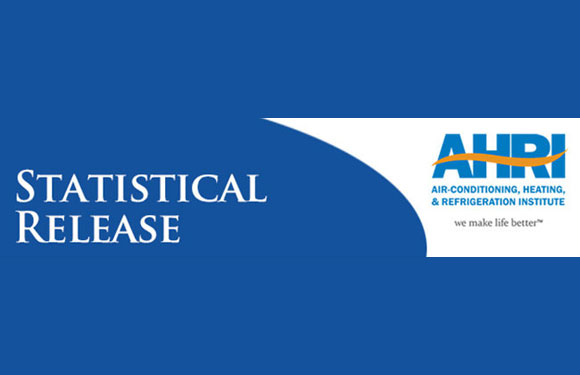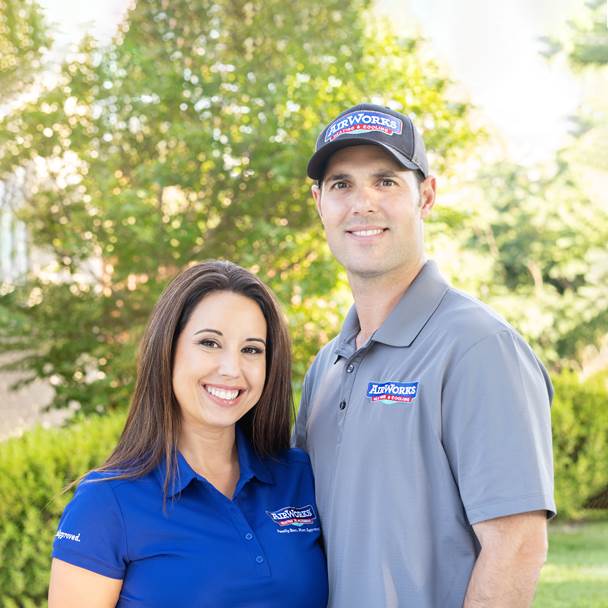
News
Creating Personalized HVAC Experiences in Commercial Settings
By Malcolm Persaud, National Sales and Product Manager, Panasonic
As technology permeates our world, people increasingly expect seamless brand experiences that are informed by their individual needs or desires, and the HVAC industry is no exception. Before smart technology entered our industry, many users had a “set it and forget it” mentality because they didn’t have any other choice. Yet today, due to the influence of smart home products that incorporate voice commands like Amazon Alexa, Google Home or Siri, people expect a certain level of control and personalization within their indoor environments.

In a residential setting, this can be achieved with smart home technology, but in a commercial building, facility owners and managers can create this experience with the building’s heating and air conditioning system. With the right unit and technology, both occupant comfort and operational cost reduction can be achieved.
Investing in Control
Developed in collaboration with Schneider Electric and Intesis, Panasonic offers VRF Smart Connectivity controls that dynamically manage comfort, controllability and operating cost reduction. With these controls, building managers can manage equipment, lighting, security, electrical distribution and power from a single interface, anytime and anywhere. In other words, rather than having to move around a large, commercial space checking individual control panels, building managers can have visibility into and control over all operations using a single interface.
By achieving streamlined control, building operators and owners benefit from improved productivity while reducing operational costs. Yet smart controls provide benefits to end users as well. Because Panasonic’s system comes with optional door, ceiling, window, carbon dioxide and water leak sensors, end users experience a fully-connected environment. The system also has the ability to connect with other devices such as dehumidifiers and curtains, making the control of an entire indoor environment as simple as clicking a button.
Additionally, in-room controls can be customized to welcome guests and share alerts. For example, in a hotel setting, guests can enter their rooms and be greeted by a custom welcome message on their controls (e.g. “Welcome, Sarah.”). After guests settle in, they might want to open a window for fresh air or take a walk out onto their balcony. When this happens, the window and/or door sensors automatically detect this and shut off the heating or cooling in the room. An alert also appears on the sensor notifying users that this has happened. This creates a personalized experience that encourages return visits.
Engaging Users to Stay Competitive
Smart technology will continue shaping our experiences, so it’s time for facility managers and owners to invest in it. By enhancing the guest experience with customizable controls, facilities will receive the dual benefit of creating a happy customer and a more productive workforce.
Bottom line: The expectations for connectivity, control and personalization are all interconnected, so why not have an HVAC system that is interconnected as well?
About the Author
Malcolm Persaud is the National Sales and Product Manager – Commercial VRF for Panasonic’s Heating and Air Conditioning Group. Malcolm Persaud has a wealth of technical and sales leadership experience through the years with Sanyo and Panasonic. He was instrumental in Sanyo’s VRF successful sales launch and growth in the US market starting in 2005. After the acquisition of Sanyo by Panasonic, Persaud has performed various sales and product management roles growing Panasonic’s Heating and Air Conditioning Group.














